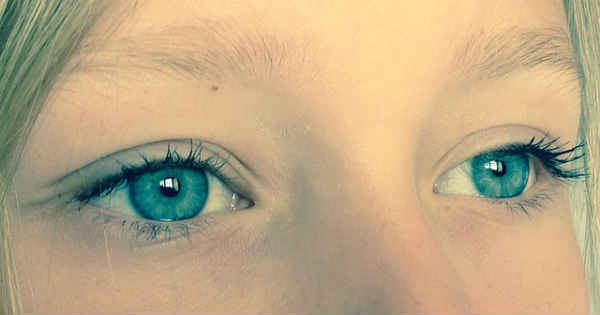If we accept the definition of the state of hypnosis as relaxed wakefulness, then I think we should accept that we are all susceptible.
As far as measuring one’s susceptibility, we come up against the usual problem of not having any ready-made units on which to base our measurements.
Susceptibility to hypnotism may well be a function of personality traits such as openness or empathy - and leading from that, some sort of responsiveness - but it is very difficult to measure the expected response.

Everyone Can Be Hypnotised.
We can agree that everyone is suggestible to some degree and suggestibility varies from individual to individual.
The actual reason why that should be the case has not been properly quantified, although it has been shown that there is an inverse correlation between suggestibility and age.
That is to say the older an individual becomes, the less suggestible they are. Once again it is a phenomenon which has been observed but not measured because it could either be a function of brain age or possibly other factors such as cynicism or scepticism, which as you know are not measured in terms of mass length and time!
Highly Suggestible Subjects Have One Thing in Common.

Research has shown that highly suggestible subjects have high alpha brainwaves durations compared to the less suggestible but even that is not a 100% indicator.
Plus alpha rhythms are not the sort of observation which can be immediately made by a hypnotherapist.
We've explained what alpha brainwaves are in the article discussing the possibility of being hypnotised against one's will.
You might think that the Analytical will be more difficult to hypnotise than the Expressive but even within those two groups there isn’t enough data to suggest that is the case. Most of the evidence is not only being derived empirically but also tends to be anecdotal.
If you don't want to be hypnotised - you can't be.
Fact is that if an individual does not want to be hypnotised, he makes it almost impossible for the hypnotherapist to take him on that journey.
There are ‘controlling’ personalities who will not give up their ‘happy place’ which, unfortunately for the hypnotist, is reality itself! Moving them into the realms of imagination is well nigh impossible.
The Stanford Hypnotic Susceptibility Scale.

In the early 1960s, what is known as the Stanford Hypnotic Susceptibility Scale was developed.
The research was based on a small sample of both sexes with susceptibility being defined as ‘The number of responses representative of hypnosis yielded within the standard procedures of attempted induction and testing”.
In other words, each of the subjects was put into a trance and all that was obtained was a distribution based on the depth of trance they appeared to be in, ranging from:
- 17% refractory.
- 35% drowsy-light.
- 25% moderate.
- 23% in deep hypnotic trance.
No particular relation was sought between the subjects’ characteristics and the type of state that was achieved with them.
There's Very Little Reaserch Done on Measuring Hypnotic Susceptibility.

Very little research has been completed on susceptibility to hypnosis since it was first used over 200 years ago.
For instance, in the 1980s, Wilson and Barber attempted to categorise different groups in attempt to categorise personality types who were susceptible to hypnotism and they concluded (unsurprisingly) that those most susceptible were those with the most active imaginations.
They termed them ‘fantasisers’ and within that group they included people who had been encouraged to indulge in imaginative play as children and more interestingly those who had an imaginary friend!
Quite a few hypnotherapists as well as professional stage hypnotists in fact use the question ‘Did you have an imaginary friend?’ as an initial ‘filter’ when choosing subjects who might be especially suggestible.
In the 1990s, Wilson and Barber’s work was confirmed by Dr Deirdre Barrett (Harvard Medical School) who discovered that the most susceptible groups were indeed either fantasisers or what she termed ‘dissociaters’ – basically daydreamers.
Try hypnosis for yourself. You can download a free hypnosis mp3 here: https://www.naturalhypnosis.com/gift/free-hypnosis-mp3 or look over various ways hypnosis can help you: from relaxation, sleep to losing weight via virtual gastric band therapy and stopping smoking.
So, if you are wondering whether you are particularly susceptible to being put in a hypnotic trance, the categorisation is straightforward: If you fantasise or daydream you are much more susceptible than if you are a Driver or Analytical (Merrill-Reid social styles model).
